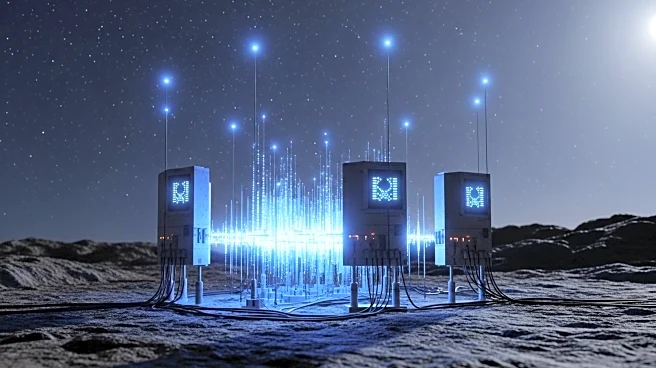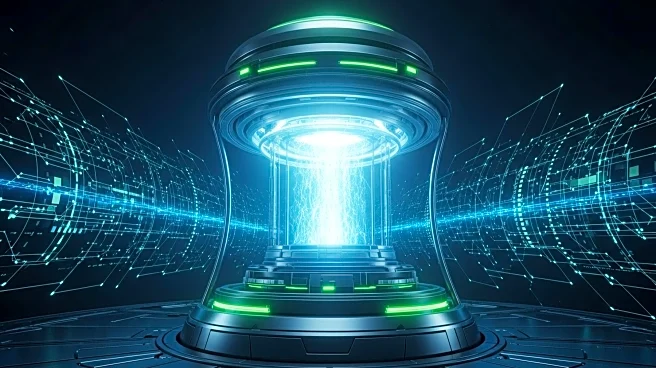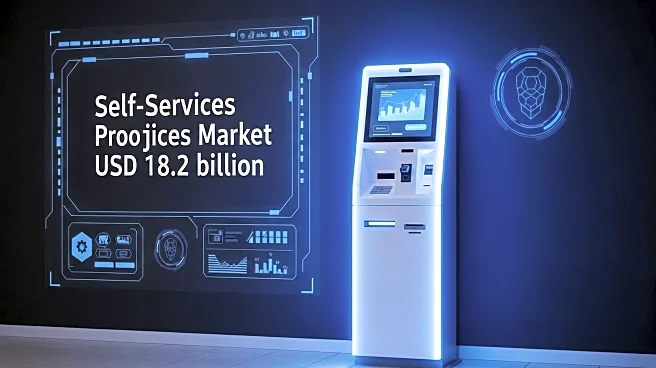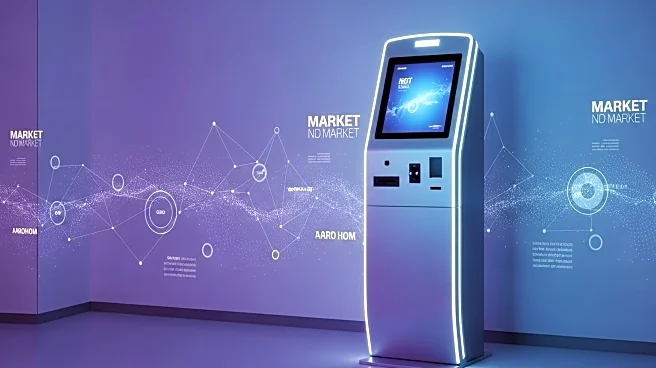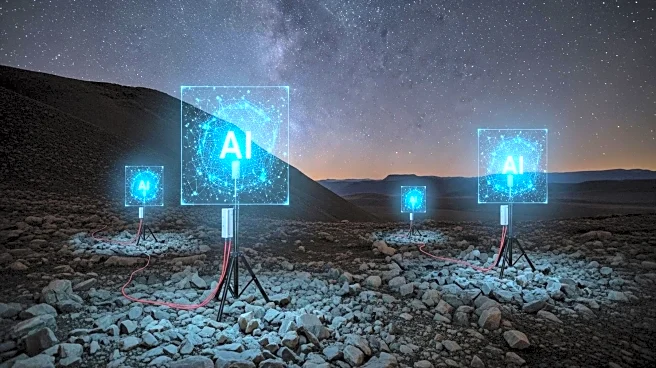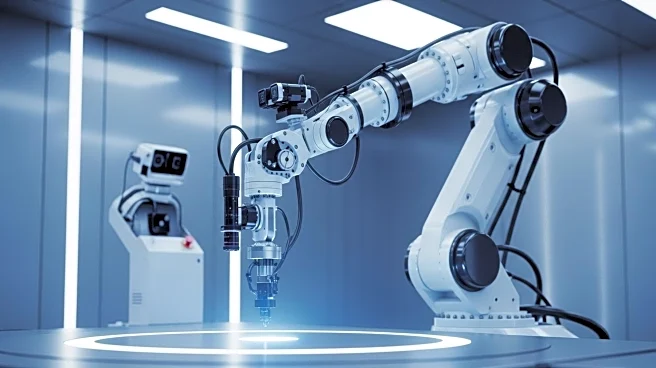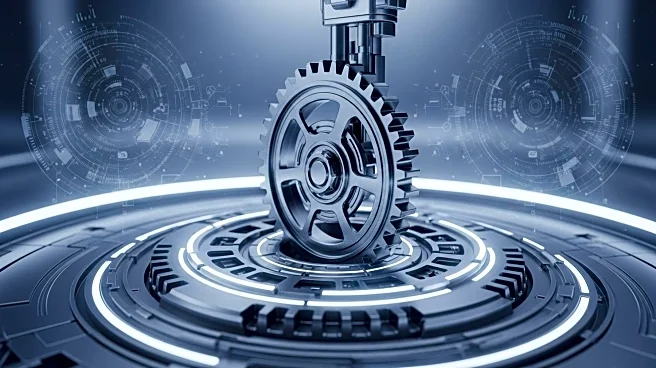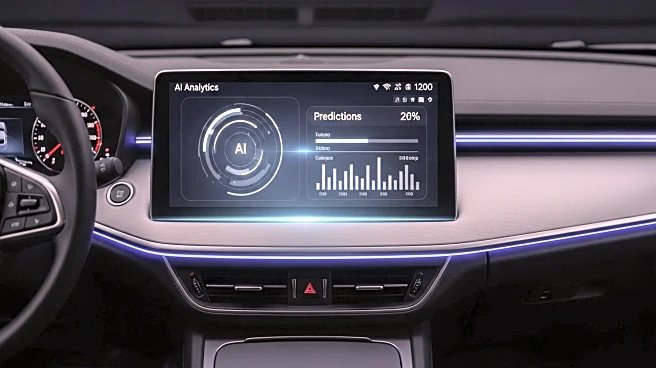What is the story about?
What's Happening?
AI technology has significantly improved the detection of small earthquakes, a task traditionally handled by human analysts and simpler computer programs. Machine-learning tools now automate this process, allowing for the identification of smaller seismic events, particularly in noisy urban environments. This advancement provides valuable insights into the Earth's composition and potential future hazards. According to Kyle Bradley, co-author of the Earthquake Insights newsletter, adopting these techniques is akin to 'putting on glasses for the first time,' enhancing the clarity of seismic data. Experts like Judith Hubbard from Cornell University and Joe Byrnes from the University of Texas at Dallas acknowledge the transformative impact of AI in seismology, although the full potential, including earthquake forecasting, has yet to be realized.
Why It's Important?
The integration of AI in earthquake detection represents a significant leap forward in seismology, offering more precise data that can inform public safety measures and infrastructure planning. By detecting smaller earthquakes, AI tools provide a deeper understanding of seismic activity, which is crucial for assessing risks and preparing for larger events. This technological advancement could lead to improved forecasting models, potentially saving lives and reducing economic losses from future earthquakes. The shift from human to AI-driven analysis also highlights the broader trend of automation in scientific research, promising increased efficiency and accuracy.
What's Next?
While AI has revolutionized earthquake detection, the next steps involve expanding its application to other data processing tasks within seismology. Researchers are exploring the potential for AI to enhance earthquake forecasting, a development that could have profound implications for disaster preparedness and risk management. Continued collaboration between seismologists and AI experts will be essential to harness the full capabilities of machine learning in this field. As the technology evolves, stakeholders in government and academia may need to adapt policies and funding strategies to support ongoing research and implementation.
Beyond the Headlines
The use of AI in seismology raises ethical and practical questions about the reliance on automated systems for critical tasks. While AI offers increased accuracy, it also necessitates careful oversight to ensure data integrity and prevent over-reliance on technology. The shift may also impact employment in the field, as traditional roles are replaced by automated processes. Additionally, the integration of AI in earthquake detection could influence public perception of safety and preparedness, necessitating transparent communication from scientists and policymakers.
AI Generated Content
Do you find this article useful?
